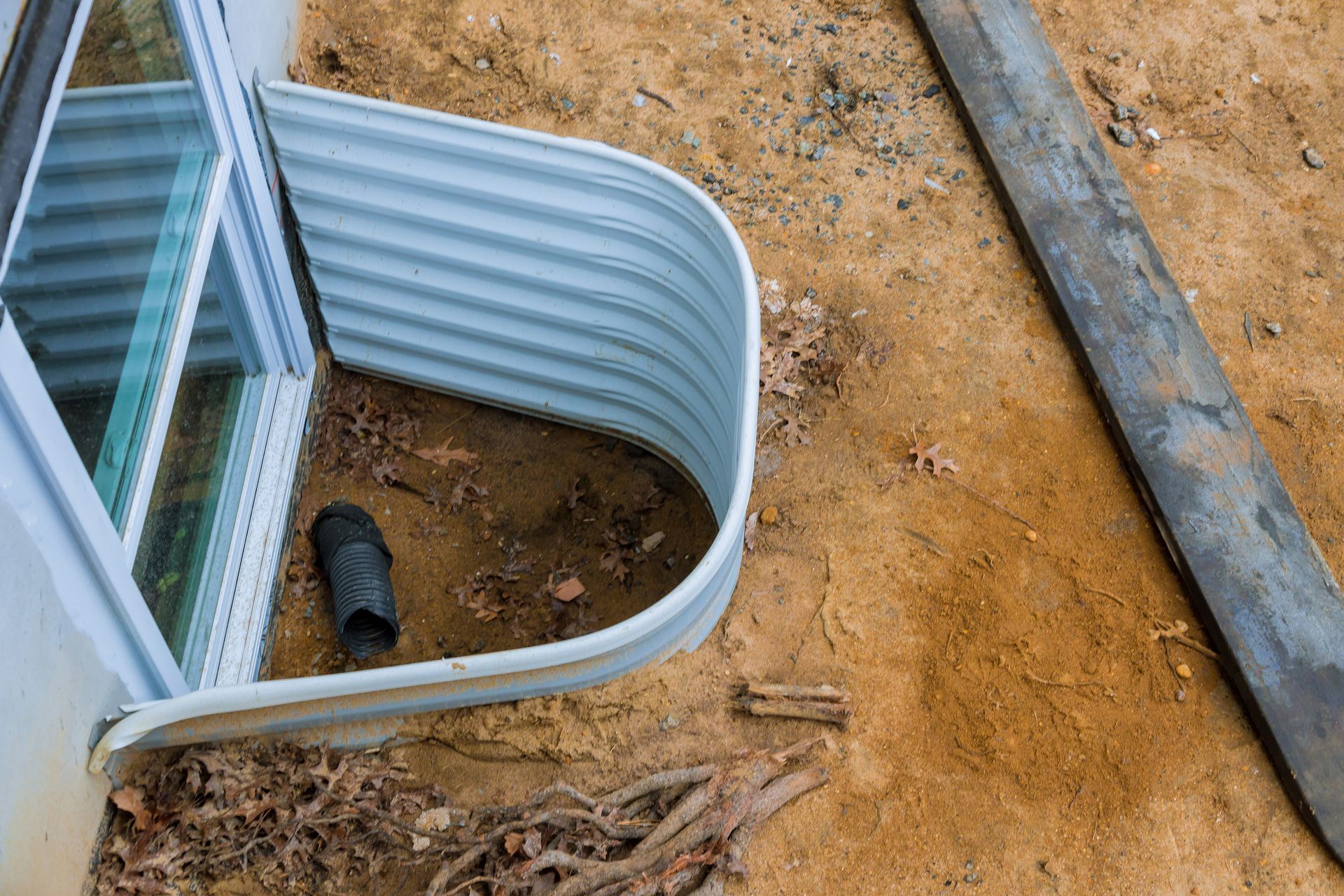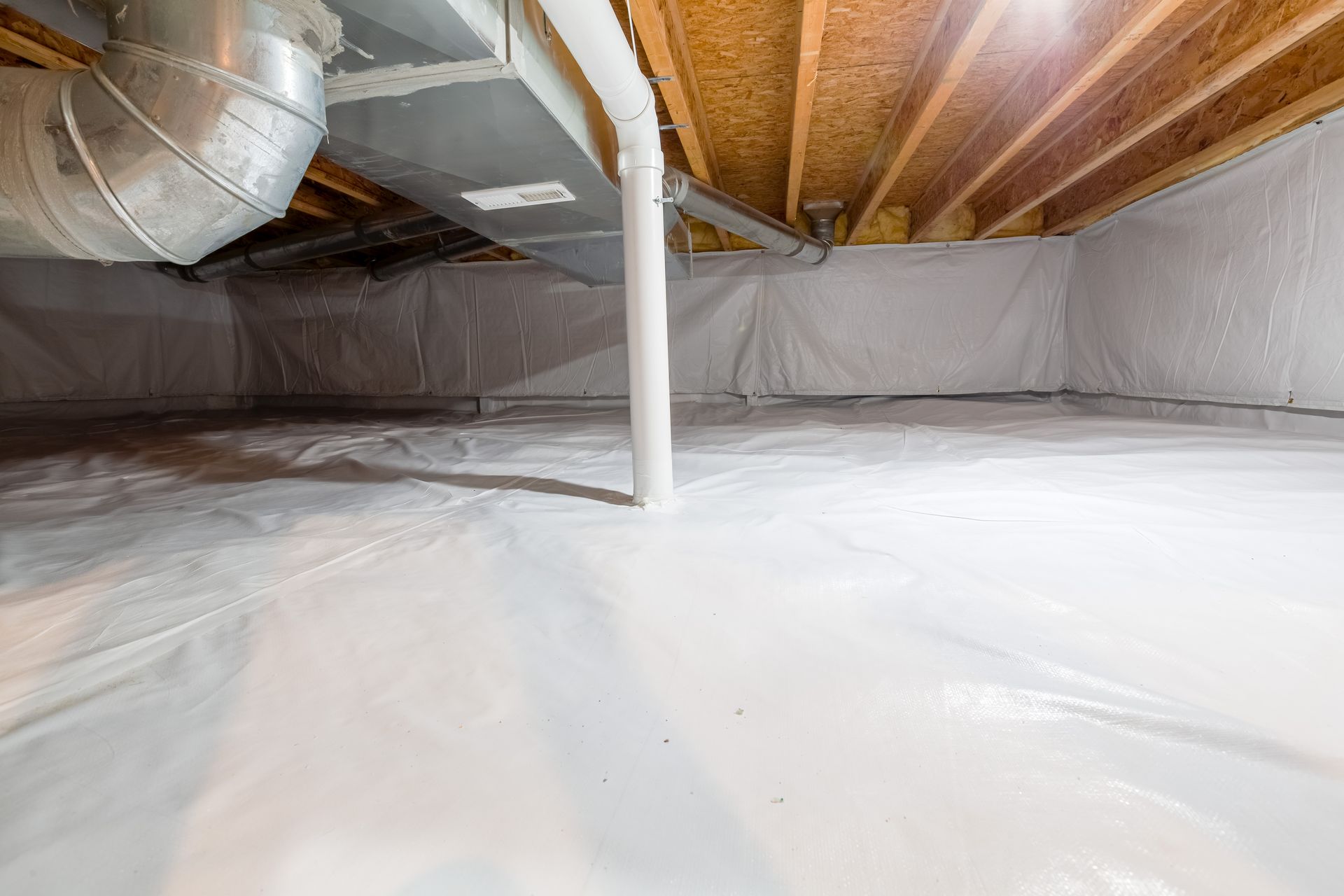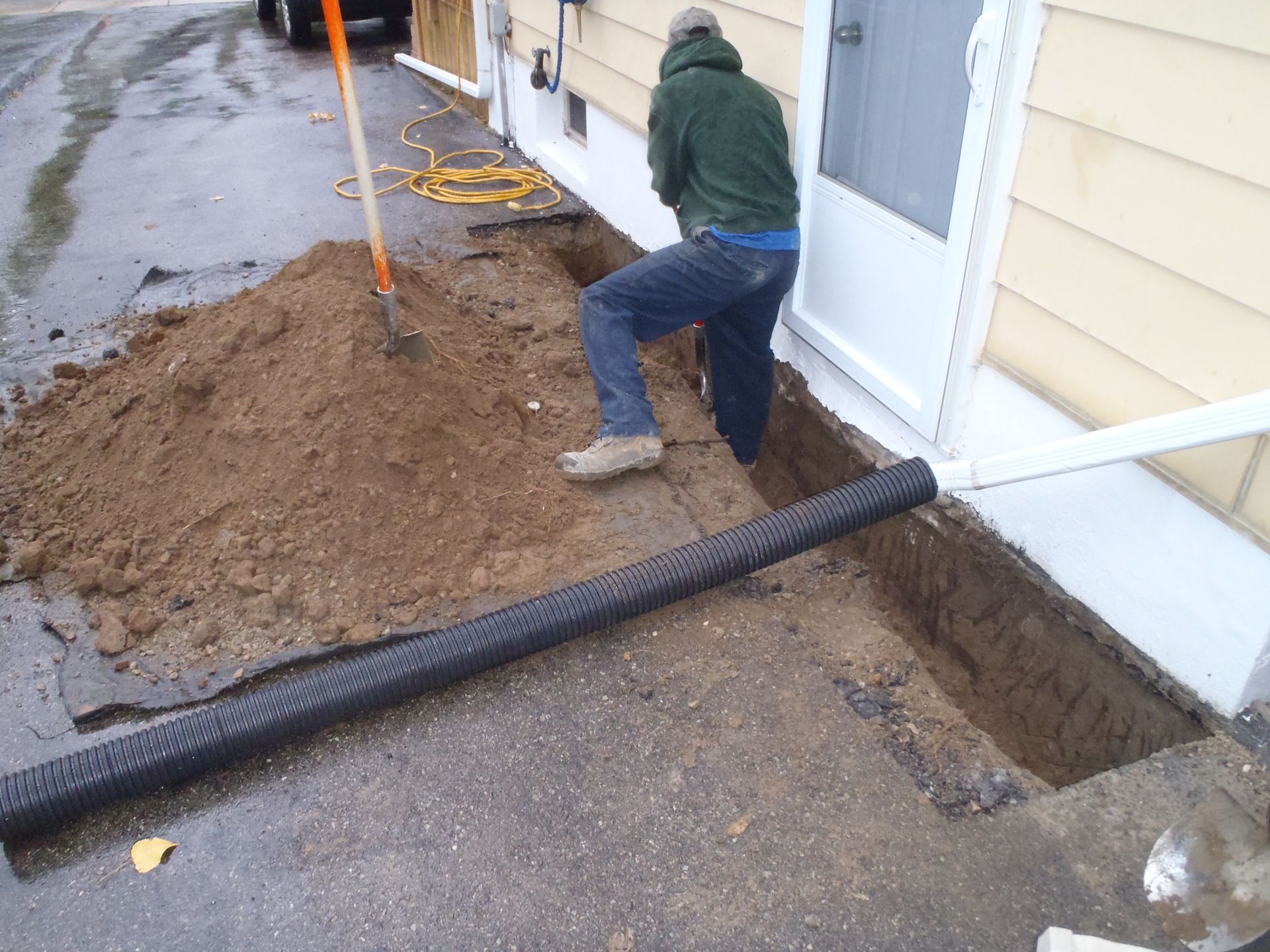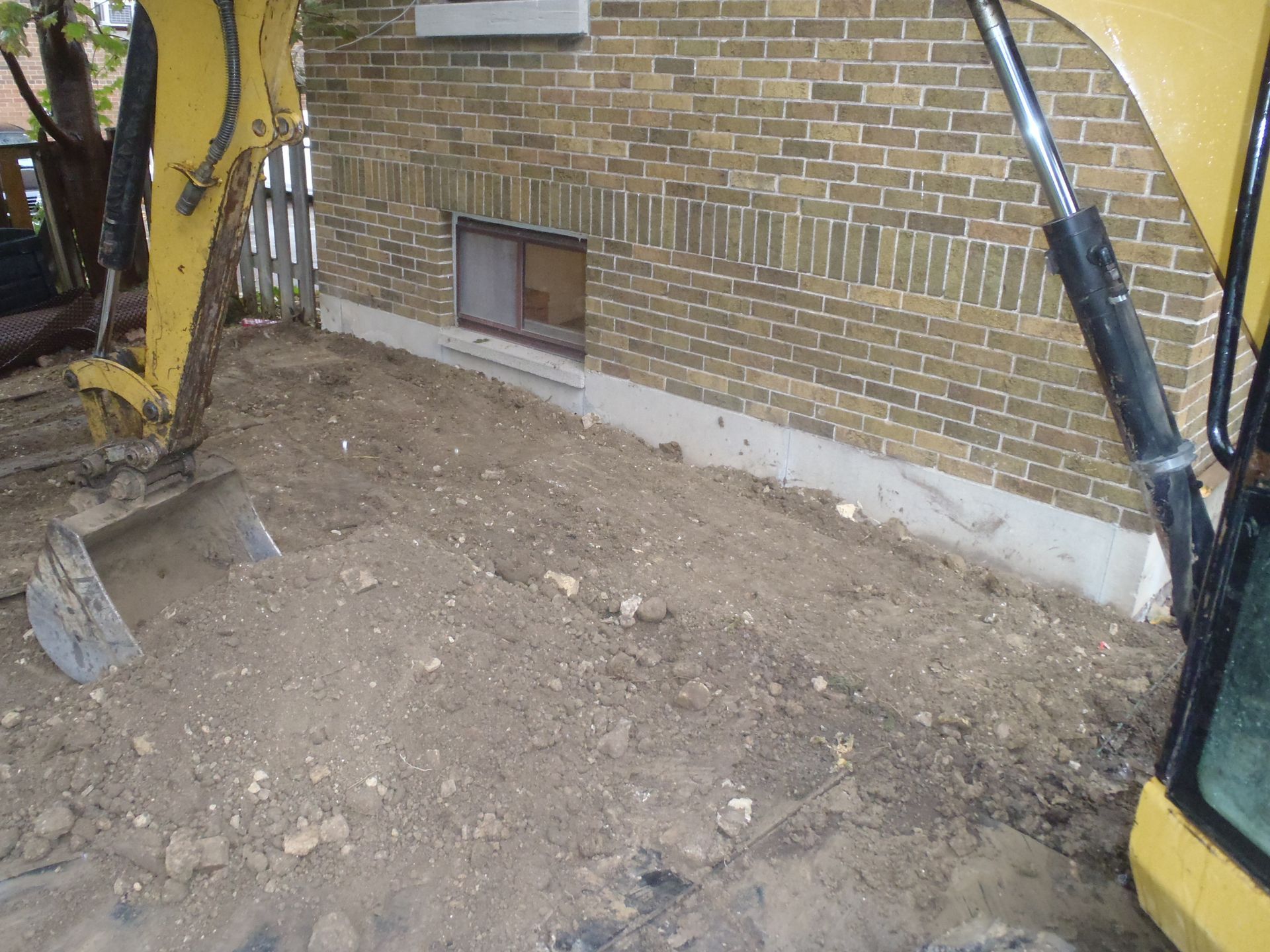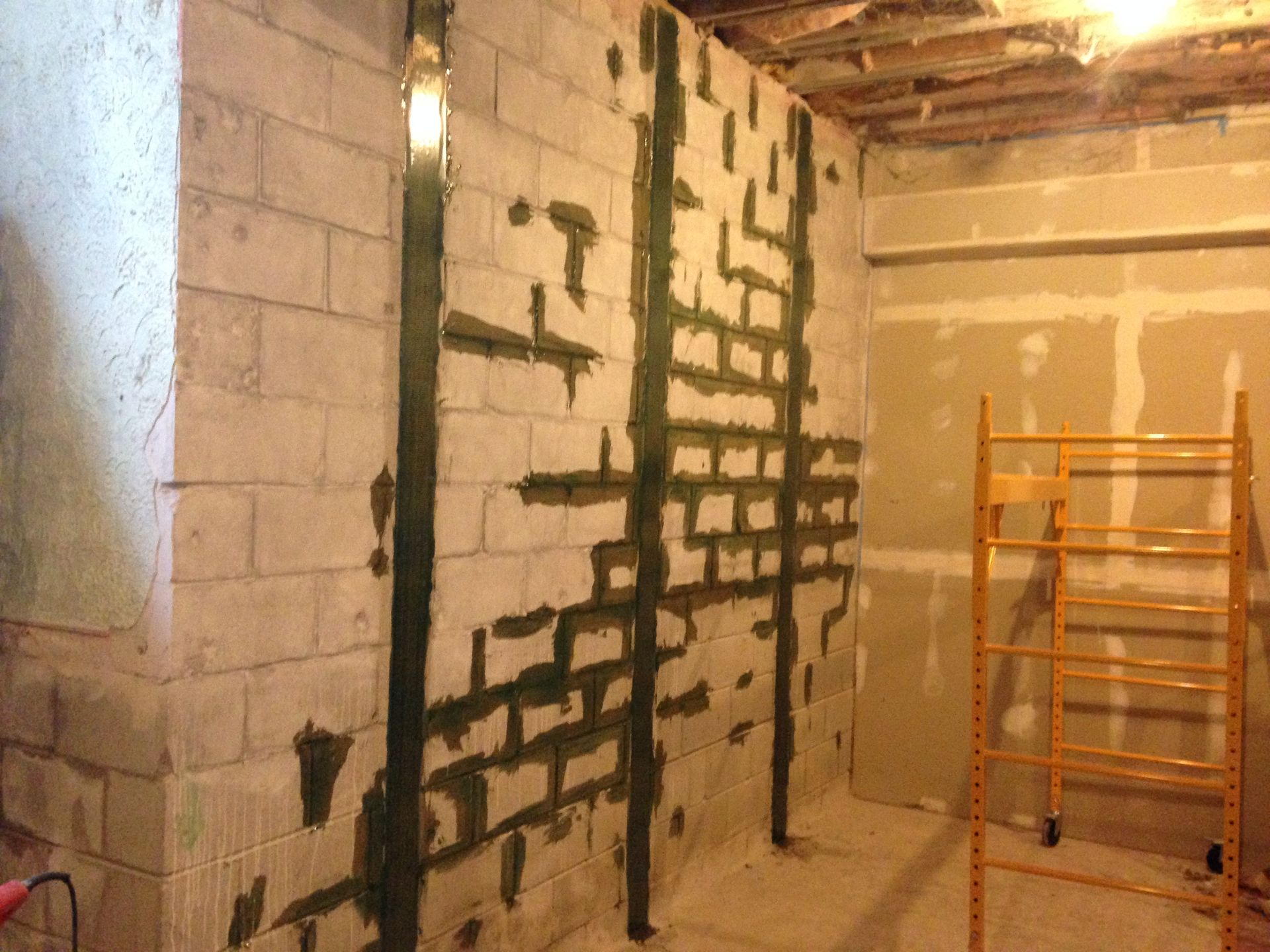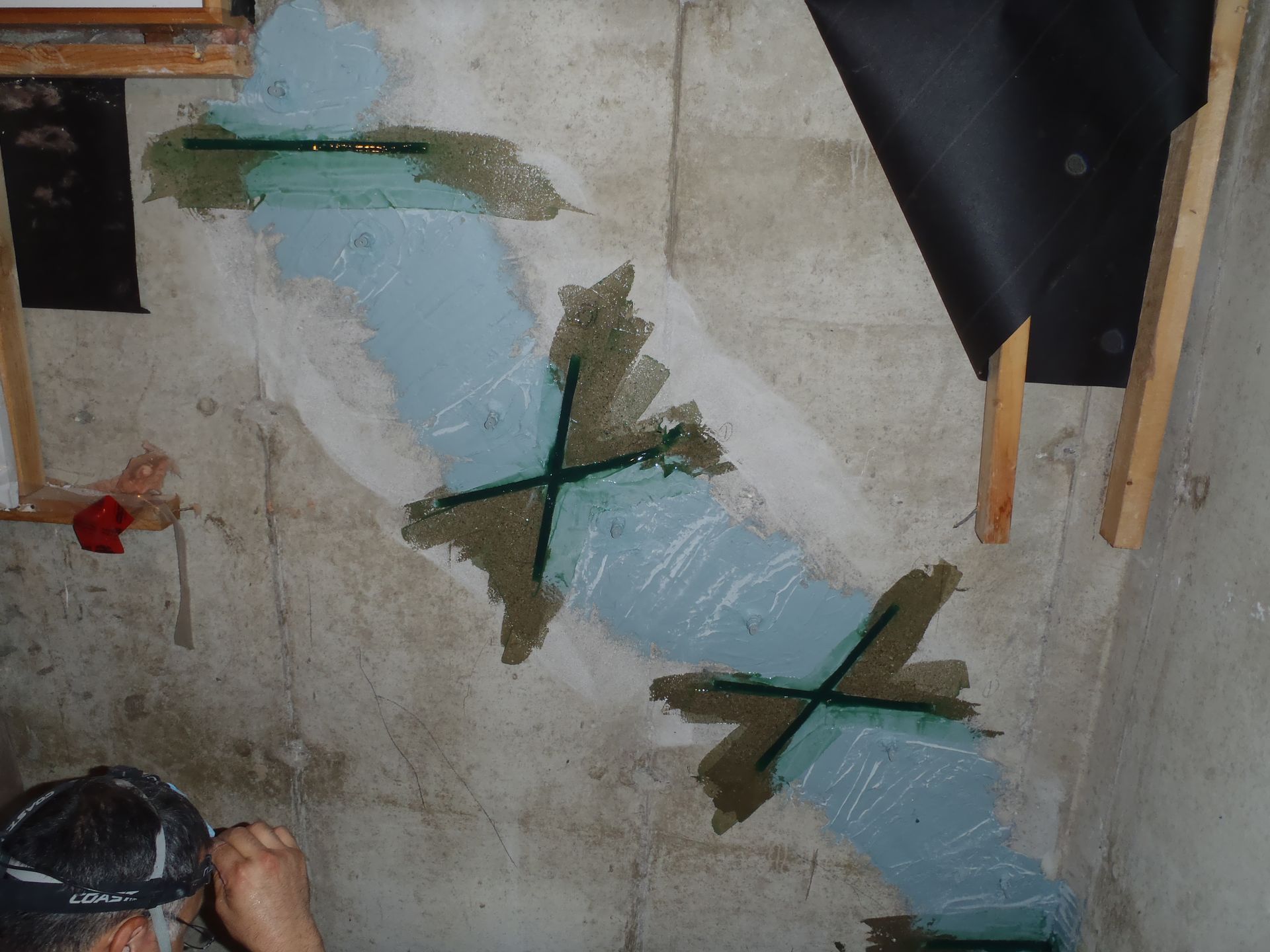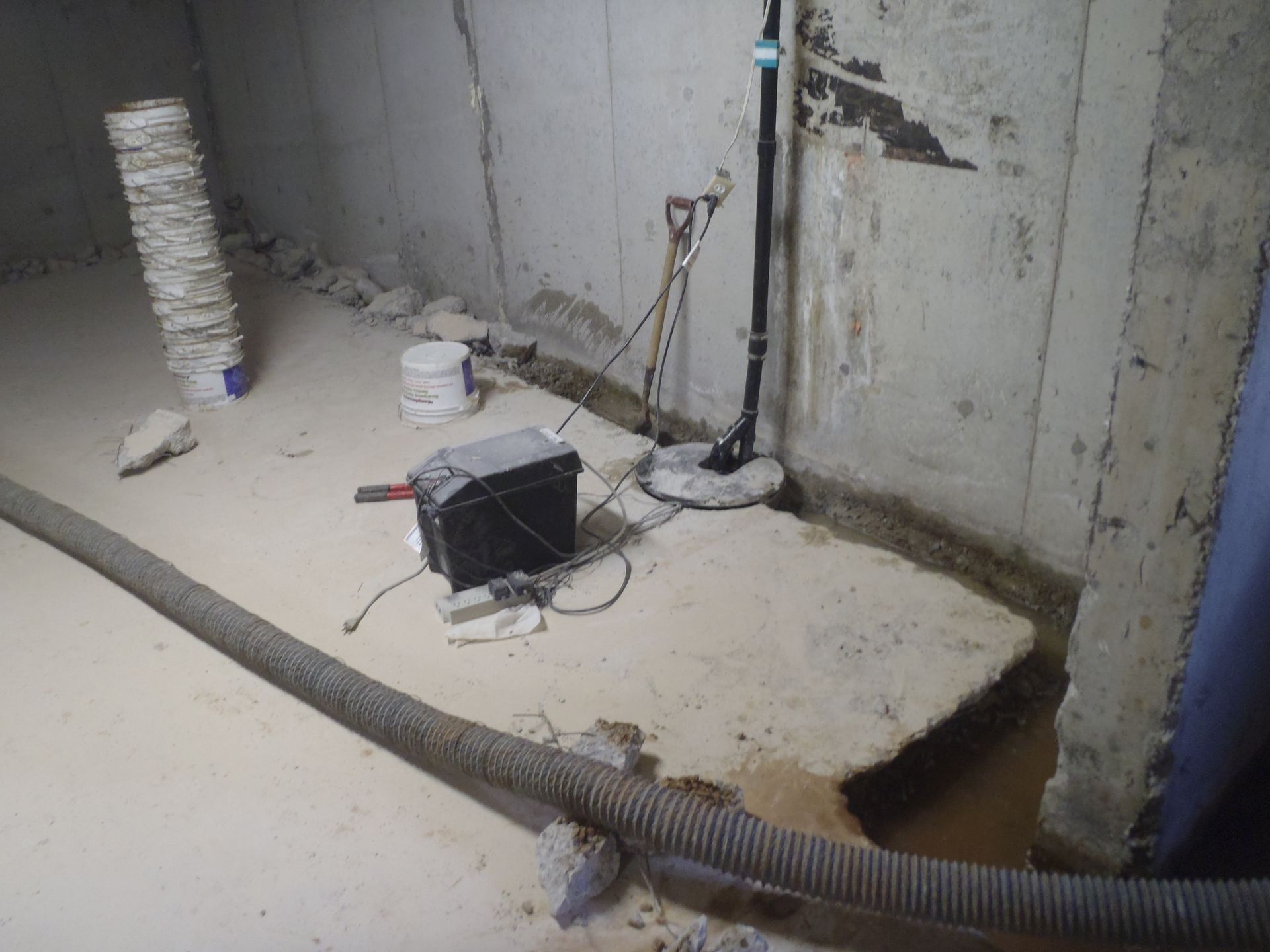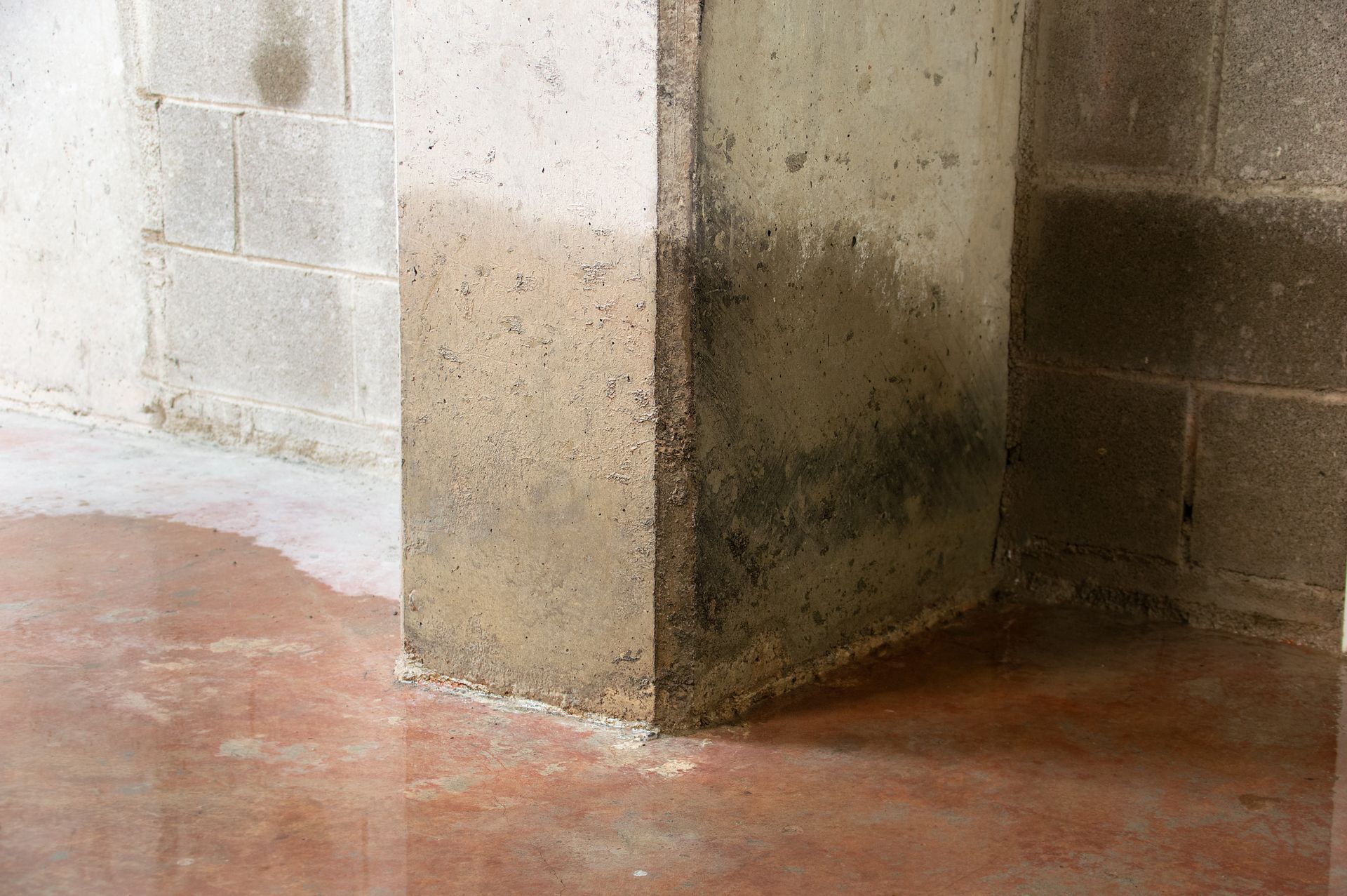Crawlspace Encapsulation Myths Busted: Separating Fact from Fiction
Is your Woodstock or London home suffering from a damp, musty crawlspace? Crawlspace encapsulation is often the best solution, but there’s a lot of misinformation out there. At DryBasements.com, our mission is to ensure area homeowners know what truly matters when protecting their homes from moisture.
Let’s expose the most common myths about crawlspace encapsulation and set the record straight, so you can make an informed decision about your comfort and investment.
What Is Crawlspace Encapsulation?
Crawlspace encapsulation is the process of sealing your crawlspace with durable barriers and specialized systems to lock out moisture, ground gases, and outside air. This helps prevent mold growth, structural decay, and energy loss in homes from Kitchener to Stratford and everywhere in between.
Myth #1: Crawlspace Encapsulation Is Only for Old Homes
Fact: Moisture problems aren’t picky about house age. Both older homes in Ingersoll and newer builds in Cambridge can face excess moisture due to high groundwater, heavy rains, and seasonal weather shifts in Southwestern Ontario. Encapsulation protects all homes—regardless of age—by creating a dry, conditioned environment beneath your floors.
Myth #2: Encapsulation Is Just a Fancy Plastic Sheet
Fact: True crawlspace encapsulation is a multi-step, professional process. At DryBasements.com, our solution means:
- Inspecting and resolving current water or foundation issues
- Installing BrightWrap Foundation Wall Sealing for lasting protection
- Adding a heavy-duty BrightWrap floor barrier to control soil moisture
- Sealing air leaks and installing a HumiFresh Humidity Controlled Ventilation System
- Testing and ongoing maintenance support.
It’s more than just plastic—it’s a comprehensive system designed for the unique needs of Woodstock, Simcoe, and London homes.
Myth #3: Crawlspace Vents Keep Things Drier
Fact: Old wisdom said vents allow moisture to escape, but in Ontario’s humid climate, they invite damp air (and seasonal allergens) into your crawlspace. Modern science—and building codes—now recommend properly sealing crawlspaces paired with humidity control. This upgrade helps avoid mold, improves heating efficiency, and can safeguard your indoor air during the colder months.
Seasonal Relevance: Why Crawlspace Myths Flourish in Fall
As autumn approaches, families in St. Thomas, Brantford, and beyond turn up the heat and close windows, trapping humid air indoors. Halloween decorations may be going up, but hidden crawlspace issues can spook homeowners even more! Encapsulation keeps your basement dry and comfortable—helping prevent the mold and musty odours that tend to creep in as temperatures fluctuate.
Does Crawlspace Encapsulation Really Save on Energy Bills?
Absolutely! By blocking out damp, cool air and reducing drafts, encapsulation allows your heating system to run more efficiently. Homeowners often see lower energy bills and more consistent indoor comfort year-round.
Myth #4: DIY Encapsulation Is Good Enough
Fact: Hardware store liners and quick fixes may seem tempting, but effective crawlspace encapsulation depends on professional-grade materials and proven installation techniques. Our expert team at DryBasements.com takes precise measurements, addresses groundwater issues with advanced drainage solutions, and guarantees a tight, lasting seal.
Quick Recap: Crawlspace Encapsulation—Fact vs. Fiction
- All homes can benefit, not just the old ones
- A professional approach offers protection, not just a temporary fix
- Sealing, not venting, is key in our local climate
- Energy efficiency improves with a well-sealed system
- DIY can spell trouble—trust the local pros.
Ready for a Drier, Healthier Home?
Don’t let crawlspace myths hold you back from a cozier, more energy-efficient home in Woodstock, Kitchener, or anywhere in our service area. Contact DryBasements.com today for a free assessment and let us show you the truth about crawlspace encapsulation. Protect your home and peace of mind—before fall’s damp weather creeps in!

